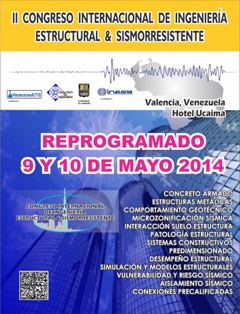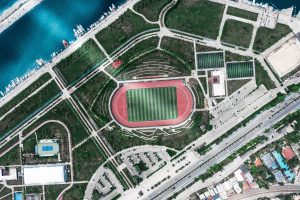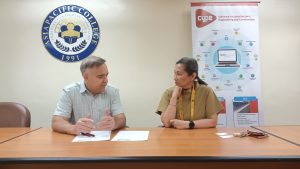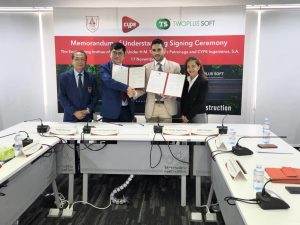CYPE will participate, on the 9th and 10th May , in the II International Structural and Seismic Engineering Congress of Venezuela, with a conference in which engineer Eliud Hernández will talk about CYPECAD software and its new features, amongst other aspects, how it considers the interaction of the partitions with the structure and estimate the damage buildings can suffer during an earthquake. During these days, and in the Venezuelan city of Valencia, CYPE will show this world pioneer software tool, which is capable of analysing the effect an earthquake has on the façades, partitions and walls of the building, which are in contact with the structure.
The International Structural and Seismic Engineering Congress of Venezuela has the aim to promote the scientific, technical and commercial interchange between professionals and international institutions related with the design, construction and inspection of structural engineering projects. With this in mind, Eliud Hernández will analyse CYPECAD software, letting Venezuelan project designers know how they can define the structural system and foundations of a building, as well as the loads acting on it.

One of the latest new features of CYPE software, which will be mentioned by Eliud Hernández, is the effect non-structural elements (façades, partitions and walls) have on the structure of a building during an earthquake; an analysis feature no other software in the world has. Carlos Fernandez, technical director of CYPE states “these elements have a high risk of fissuring and collapsing due to a tremor and is one of the greatest risks during an earthquake. CYPE software considers, in a simple manner, the effect of the façades and partitions, including how the stiffness of the structural assembly varies, due to the possibility of it changing during seismic action if a fracture or progressive fissures arise”.





